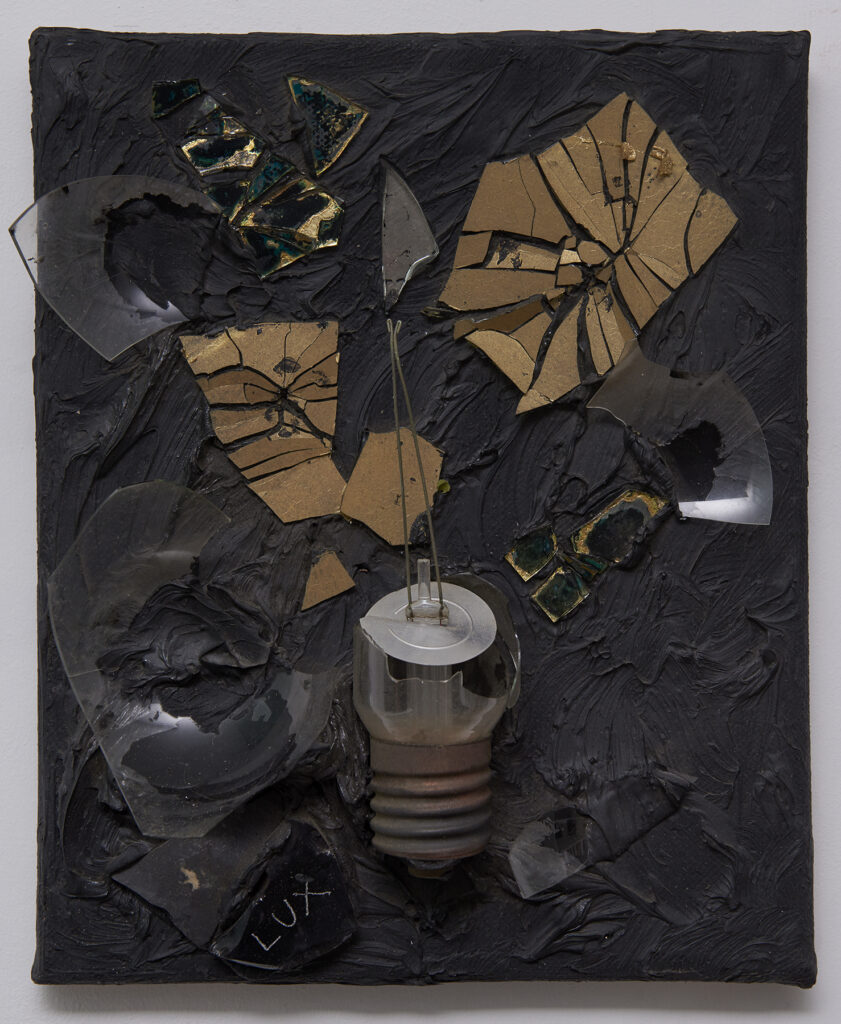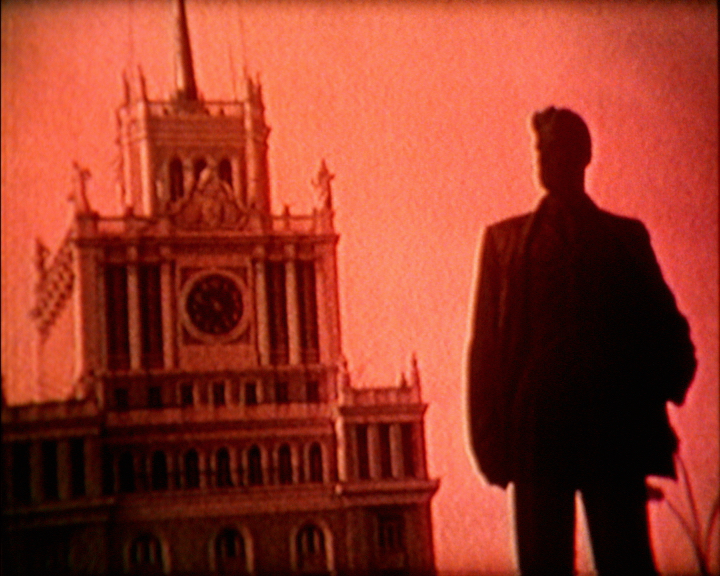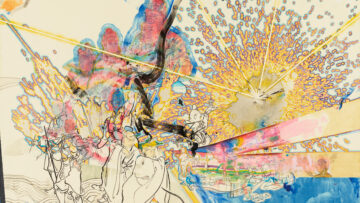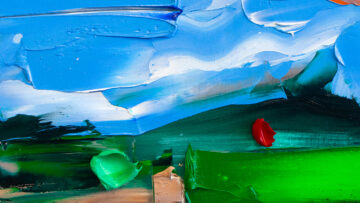
Collins Will Trust and Amanda Wilkinson, London, and Take Ninagawa, Tokyo.
Solo Exhibition | October 28–December 9, 2023
Take Ninagawa presents a solo exhibition of British artist Derek Jarman (1942–1994), an indefatigable polymath whose practice extended to painting, filmmaking, activism, costume and set design, writing, and gardening. On view in this exhibition is a selection of Black Paintings made between 1986 and 1991, alongside Jarman’s first film, Electric Fairy (1971), and the film Imagining October (1984).

Amanda Wilkinson, London, and Take Ninagawa, Tokyo.
This exhibition allows a renewed appreciation of Derek Jarman’s innovativeness and experimental approach.
Jarman’s work is characterized by a unique style and diversity that combines art and politics. He is highly regarded by many critics and audiences, and his work continues to be influential in contemporary cultural and social contexts.
Jarman incorporates a variety of forms in the arts. His work includes film, art, photography, essays, and poetry. Jarman’s work addresses social issues of the time, such as gay rights and HIV/AIDS issues. His works often contain a political agenda or message.
Jarman’s films are often experimental, breaking with traditional constraints. His films are characterized by a unique aesthetic and visual richness, often incorporating symbolic elements and experimental visual techniques.
Derek Jarman
Derek Jarman graduated from Slade School of Fine Art, London, in 1967. He began work on his Black Paintings in 1986, around the time he was diagnosed as HIV-positive and moved to Dungeness, a hamlet on the English coast next to a nuclear power plant. Variously incorporating glass shards, photographs, an empty tube of K-Y Jelly, and bits of flotsam on thickly painted black backgrounds, these intimately scaled mixed-media works register the intersections between Jarman’s personal history and his filmmaking. The paintings also refer to broader social currents at a time of pervasive homophobia toward people living with AIDS, and they can be seen in dialogue with works by artists ranging from Kurt Schwitters to Robert Rauschenberg and Paul Thek.
Solo exhibitions of Jarman’s work have been held at the Centre d’Art Contemporain d’Ivry—Le Crédac, Ivry-sur-Seine (2021); Manchester Art Gallery (2021); Irish Museum of Modern Art, Dublin (2019); Tate Britain, London (2008); and the Barbican Centre, London (1996). Jarman’s work has been exhibited in thematic surveys and screenings at institutions such as the Vitra Design Museum, Weil am Rhein (2023); Palais de Tokyo, Paris (2023); Tate Liverpool (2022); Para Site, Hong Kong (2021); National Museum of Modern and Contemporary Art, Korea, Seoul (2020); HOME Manchester (2020); Courtauld Institute, London (2019); Contemporary Art Museum of Luxembourg (2019); Whitechapel Gallery, London (2018); National Gallery of Art, Vilnius (2015); Serpentine Gallery, London (2008); and the Venice Biennale (1993).
Editor’s Note
Take Ninagawa Gallery has introduced artists who address contemporary social issues in innovative ways.You can fully enjoy Derek Jarman’s aesthetic world. The future he prophesied is now compellingly imminent.
Take Ninagawa
Location: 2-14-8 Higashi Azabu, Minatoku, Tokyo
1060044
Tel: +81-(0)3-5571-5844
Email: info@takeninagawa.com
Open: 11:00 – 19:00
Closed on Sundays, Mondays, and National holidays




